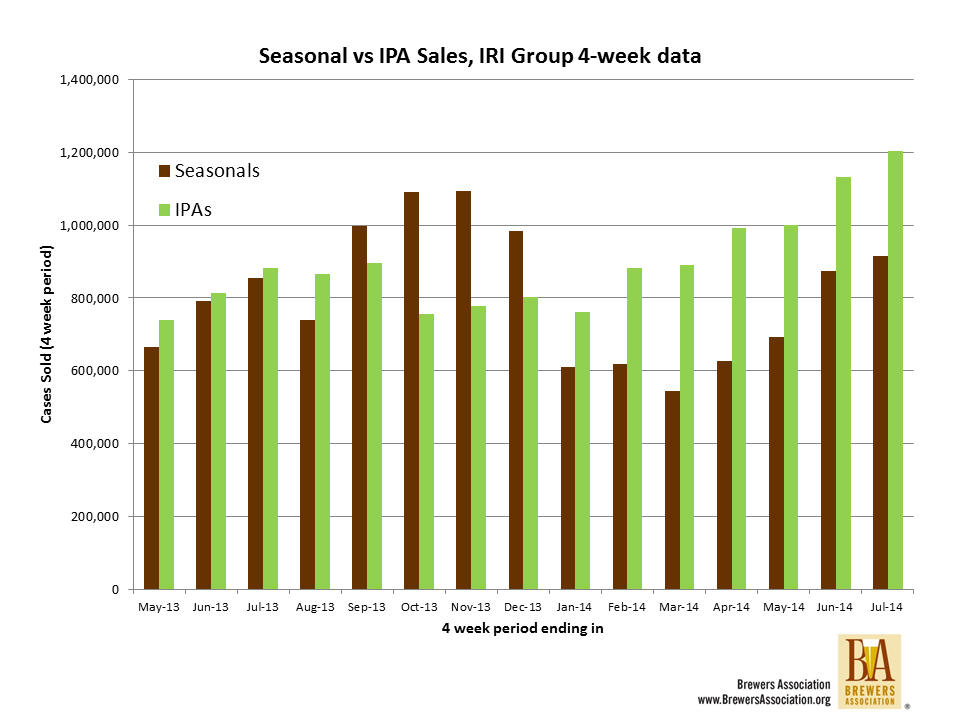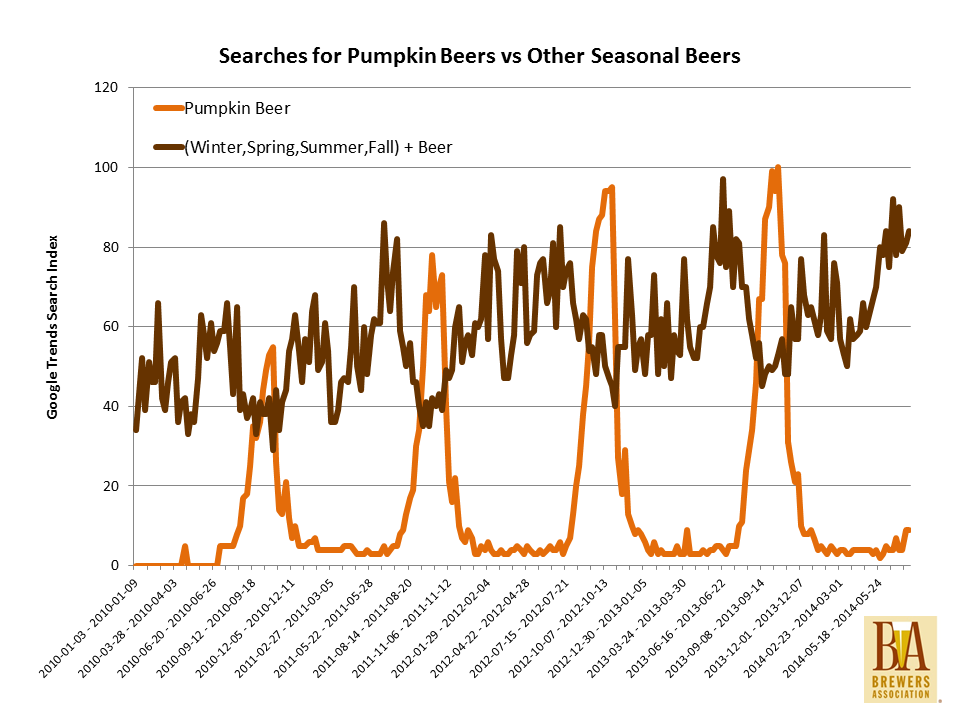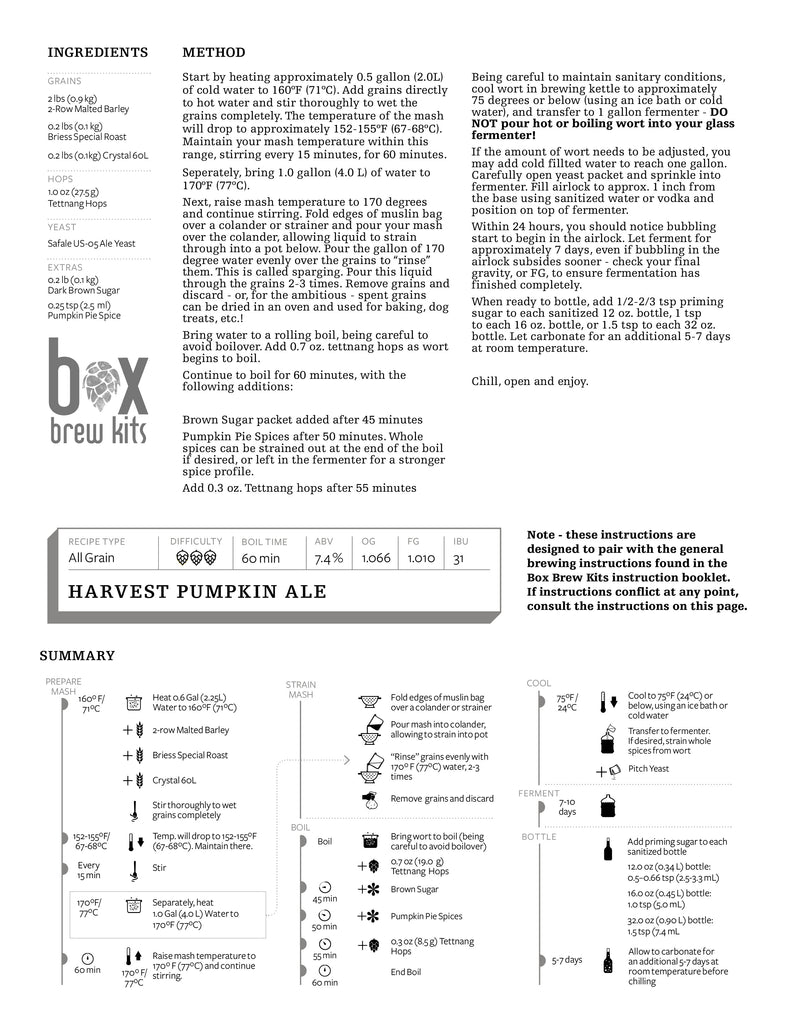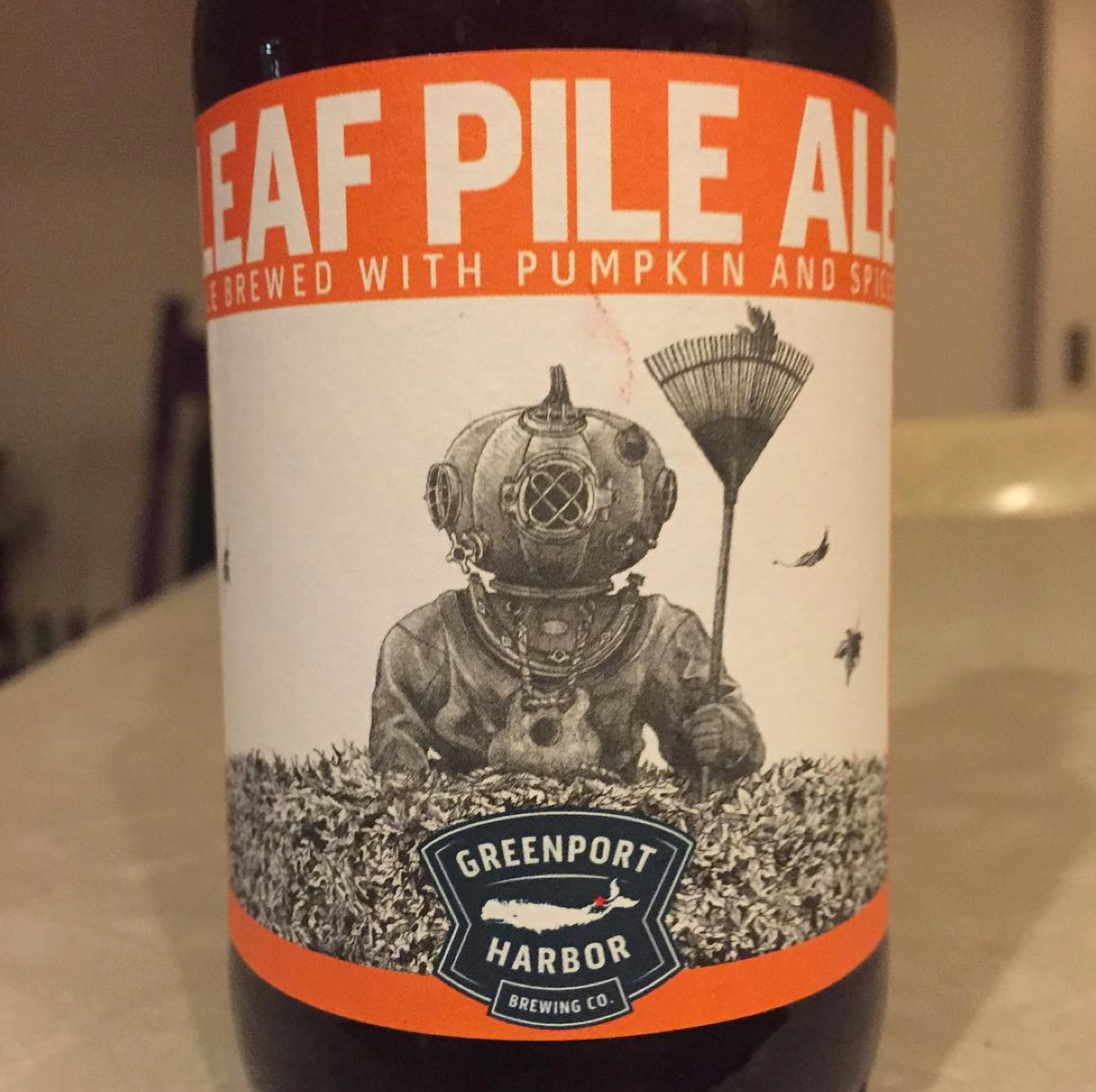Know Your Craft: From the Pumpkin Patch to Your Beer Bottle
Things were much simpler for pumpkins before the turn of the millennium. We picked them, carved them, and turned them into pies. Aside from the occasional smashing, that was about all they were good for—that is, until the past decade or so.
We’d like to meet pumpkin’s publicist, because somehow along the way the gourd’s become the star of the fall. Pumpkin spiced lattes, pumpkin coffee, pumpkin candles. Pumpkin everything, including beer.
John Oliver put the whole craze into perspective:
Check that out, and then we’ll dig into what you need to know about pumpkin beer this fall.
The Pumpkin Beer Market
Market research firm IRI reported that in 2014 seasonal beers made up 15% to 25% of the almost $20 billion craft beer market. While "seasonal beer" is a broad category, encompassing winter, summer, spring, and fall beers, within it you'll also find pumpkin and a few other one-offs.
Seasonal beers typically compete with—and are almost always eclipsed by—the all-mighty IPA. But in recent years that seems to have changed during fall months. An article from Market Watch puts this into perspective:
“Seasonal beers usually jockey with India Pale Ale for the craft beer sales title, with IPA accounting for 23% of all sales, but typically erase IPA’s lead once pumpkin beer season comes around.”
This statement was actually based on data compiled by the Bart Watson, Chief Economist for the Brewers Association (awesome job, by the way). Bart showed that in 2013, cases of IPAs led the way through the year until September, when seasonal beers took over for the rest of the year.

Again, seasonal beers is a bucket term here, but Bart doubled down on the analysis by adding context from Google Trends data. Relative to general seasonal beer categories, pumpkin beer blew them out of the water in the fall months—indicating the growth in seasonal beer sales came from pumpkin.

This trend seems to be rising analogously with the popularity of pumpkin products in general in the fall months. Not to mention, some of today's biggest, most revered breweries have jumped on the wagon. Pumpkin's been commoditized, and the craft beer industry has been no exception.
Brewing Your Own Pumpkin Beer
We've been getting lots of questions about how to brew pumpkin beer. Although it's only recently been flooding the shelves at your local beer shop, brewers have been experimenting with pumpkin for a very long time, and the debate rages as to the best approach. Below, we'll answer a few of our most common FAQs:
What style of beer is a pumpkin beer?
Traditionally, brewers have added pumpkin to paler, lightly-hopped ales. But as more brewers have been experimenting in recent years, it's not out of the question to find pumpkin flavors in darker, richer stouts and porters, Belgian styles, and malty amber ales. Harpoon Brewery even offers a Pumpkin Cider.
Regardless of the route you choose, as the American Brewers Association put it, "Whatever style you brew, the goal should be balance–showcase the pumpkin and spices without overpowering the base style, but ensure the flavors aren’t lost."
What type of pumpkin do you use for pumpkin beer?
Here are your choices: canned, fresh, or none of the above. Canned pumpkin is frequently used, and depending on with whom you're speaking, it provides a virtually identical flavor profile to fresh. It does, however, take away some of the artisanal characteristics of the brew.
If you're using canned pumpkin, it's important to find a brand with only one ingredient: pumpkin. Avoid anything with preservatives or spices added. A common can you'll see in stores is "Pumpkin Pie Filling." It's best to avoid using anything labeled as "filling," which can include unspecified spices, condensed milk, and occasionally added preservatives (enemies of your yeast!).
Some brewers like to take the pumpkin from farm to bottle, using fresh gourds in their boil. If you're going to do this, the pumpkin needs to be cooked beforehand and then typically mashed up. More on that here.
But do you even have to use pumpkin? Again, the American Brewer's Association has the answer: "In many instances, recipes don’t even use pumpkin but instead rely on spices used in pies (often cinnamon, nutmeg, ginger, cloves and allspice) to create the sensation that you are drinking pumpkin pie while somewhat tricking the senses into thinking you are consuming actual pumpkin flavor."
In fact, many folks tend to limit the amount of pumpkin (canned or fresh) they add to their brew for a few reasons. First, brewing with pumpkin can create large amounts of sediment which has a habit of remaining suspended within the beer itself. This not only makes it difficult to produce a clear beer, but large amounts of sediment can reduce the overall volume of beer you're able to use. Second, most brewers are surprised at how little pumpkin flavor actually makes its way into the beer. Even when adding larger amounts of canned or fresh pumpkin, often the most notable difference in the beer can be the color, which will deepen with each addition.
When do you add the pumpkin?
It really varies from recipe to recipe. Some brewers will add pumpkin right into the boil, while others swear by including it in the mash. Here's a bit more on that from BYO Magazine.
How do you spice a pumpkin beer?
The golden rule when adding spices: less is more - that, and you can always add more spice flavor following primary fermentation. Many pumpkin beers have a taste like pumpkin pie, and some offer a more subtle, vegetal taste which highlights the pumpkin itself. It's all about your personal preferences - such are the perks of brewing your own beer. Typical spice combinations include ginger, cinnamon, nutmeg, cloves and allspice. These spices, coupled with (or without!) the actual pumpkin bring the "pumpkin pie in a bottle" taste that's all the rage these days.
Do you have a favorite recipe?
Here at Box Brew Kits, we like brewing small, 1-gallon batches. We fell in love with this simple pumpkin ale recipe that tastes the part without actually using any pumpkin (when we're brewing 1-gallon batches, we want to minimize the sediment that can reduce our yield) - the brew has a subtle spice profile and a hint of sweetness from the dark brown sugar.

Pumpkin Beers to Try
 Budweiser might want you to think only annoying hipsters drink pumpkin beer, and real men should be drinking beer "brewed the hard way"—you know, mass-produced in a factory. But if you're not keen on taking advice from the man, then you'll find solace in the list below. Here are a bunch of high-quality pumpkin beers that should be on your radar as we move through the fall.
Budweiser might want you to think only annoying hipsters drink pumpkin beer, and real men should be drinking beer "brewed the hard way"—you know, mass-produced in a factory. But if you're not keen on taking advice from the man, then you'll find solace in the list below. Here are a bunch of high-quality pumpkin beers that should be on your radar as we move through the fall.
- Avery Rumpkin
- Samuel Adams Harvest Pumpkin Ale
- Denver Beer Co. Hey! Pumpkin
- Dogfish Head Punkin Ale
- Greenport Harbor Brewing Co. Leaf Pile Ale
- St. Arnold Bourbon Barrel Imperial Pumpkin
- Half Moon Bay Pumpkin Harvest Ale
- Heavy Seas The Greater Pumpkin
- Lakefront Imperial Pumpkin
- Cigar City Brewing Good Gourd Imperial Pumpkin Ale
- Elysian Brewing Company The Great Pumpkin
- Cambridge Brewing Company Great Pumpkin Ale
How much pumpkin beer has taken off is a true testament to the strength of the craft beer community. Brewers are always trying to push one another to the next level, seeing not just who can do it better, but who can do it different. We love it. Let us know what you think about the gourd craze @boxbrewkits. Cheers!

